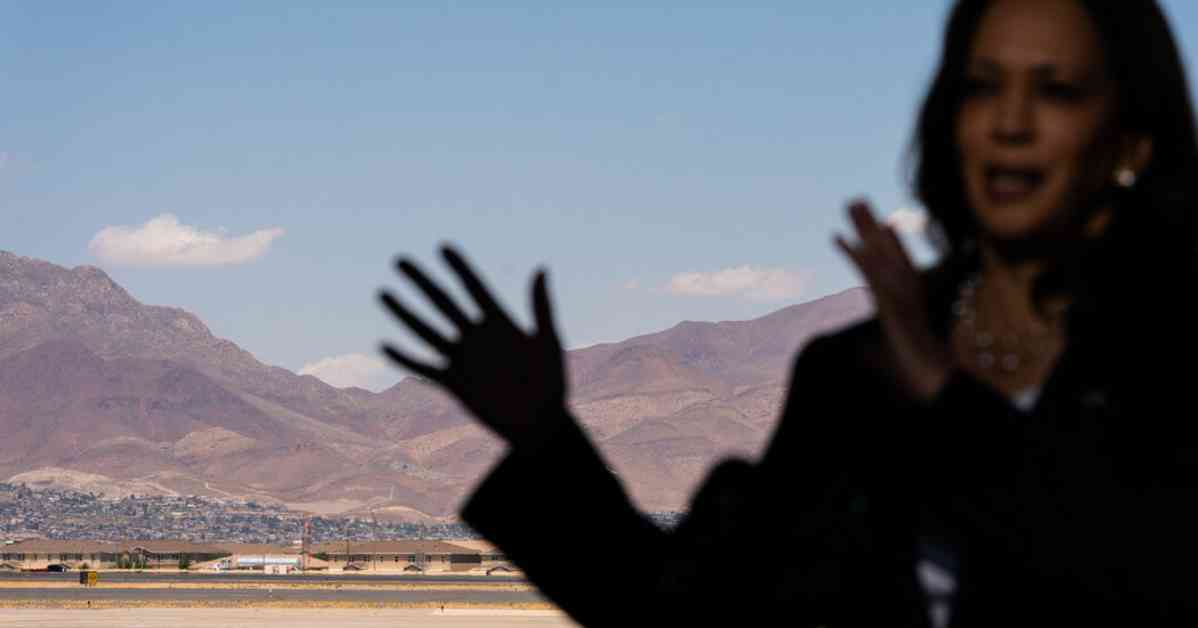Republicans have been criticizing Vice President Kamala Harris for her role in the surge of migrants into the United States in recent years. However, a closer look at her involvement reveals a more complex picture.
Although President Biden did not officially appoint her as the “border czar” or give her direct oversight of enforcement policies at the U.S.-Mexico border, Harris did play a significant role in trying to manage the unprecedented levels of global migration to prevent the situation from worsening. Despite initial challenges and criticisms of her approach, the number of migrants crossing the southern border has decreased to the lowest levels since the Biden-Harris administration began.
In her early days in office, Harris focused on fundraising efforts and fostering connections between business leaders and the economies of Guatemala, Honduras, and El Salvador. Her efforts to encourage companies to invest in Central America and create job opportunities for potential migrants showed some success, according to experts and government officials. However, these achievements highlighted the stark economic disparities between the U.S. and Central America, emphasizing that narrowing this gap would require long-term strategies with gradual results.
While some Democrats and allies of Harris expressed concerns about her handling of the situation and the administration’s policies, it is important to recognize the complexity of the challenges she faced. Navigating the intricate issues surrounding immigration and border control requires a comprehensive approach that takes time to yield tangible outcomes.
As the debate continues over Harris’s immigration record, it is essential to consider the multifaceted nature of the issue and the efforts being made to address the root causes of migration. By examining the nuances of her involvement and the broader context of U.S. border policies, a more informed and balanced perspective can be gained on the complexities of the immigration system and the challenges of managing migration flows.




